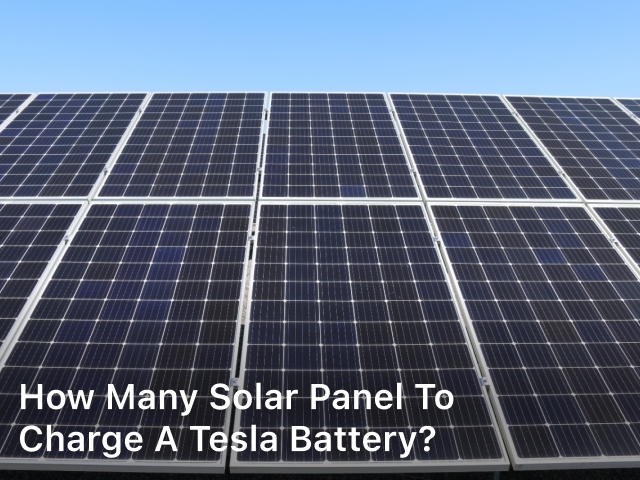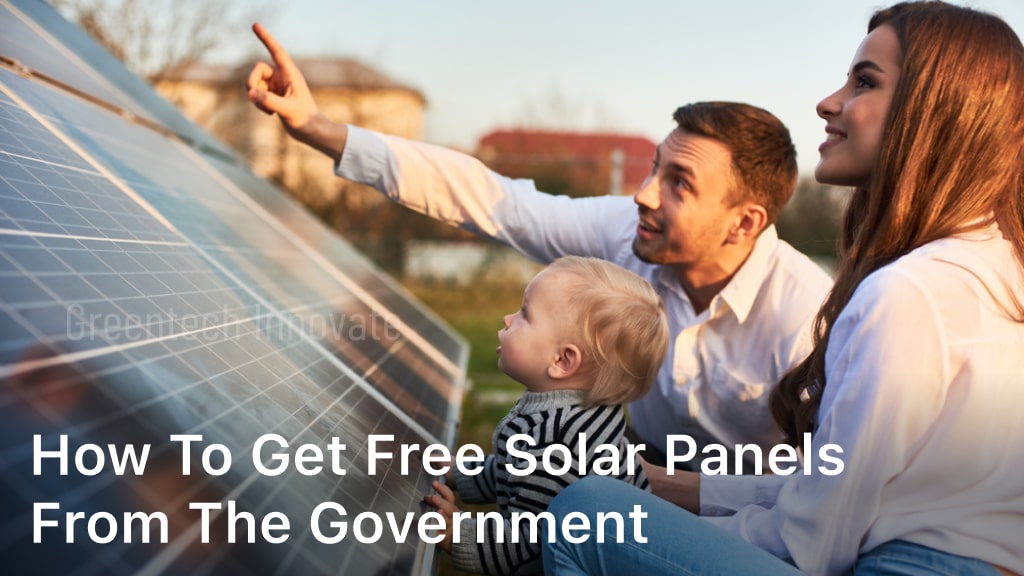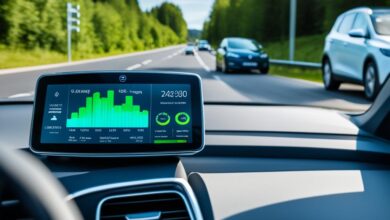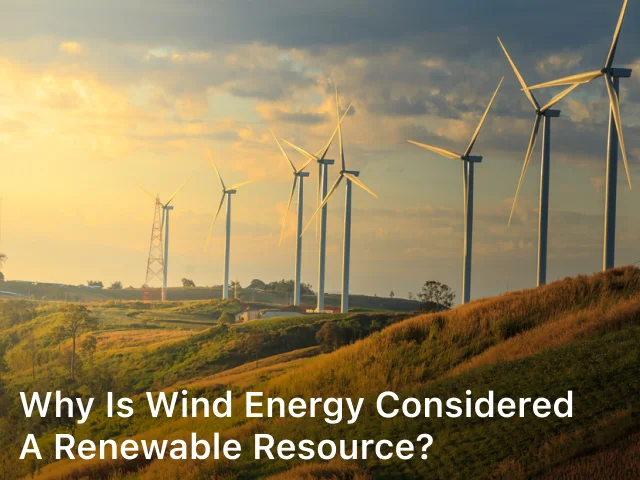
greentechinnovate.com. Why is Wind Energy Considered a Renewable Resource? – Discover the incredible benefits of wind energy and learn why it is hailed as a renewable resource. This in-depth article explores the sustainable power of wind, its environmental advantages, and answers frequently asked questions.
In an era where sustainable solutions are paramount, wind energy stands out as a shining example of renewable resources. Harnessing the power of the wind has been a practice as old as time, but in recent years, it has evolved into a sophisticated, eco-friendly means of generating electricity. In this article, we’ll delve into the remarkable aspects of wind energy and explore why it is considered a renewable resource.
What is Wind Energy
Wind energy is a renewable and sustainable form of electricity generated by harnessing the kinetic energy of the wind and converting it into usable power. It is a clean and environmentally friendly source of energy that has gained increasing prominence in recent years as a key component of the transition to more sustainable and eco-conscious power generation methods.
Here’s how wind energy works:
- Wind Turbines: The primary technology used to capture wind energy is the wind turbine. These turbines consist of several key components, including a tall tower, multiple rotor blades, and an electrical generator.
- Wind Capture: As the wind blows, it imparts kinetic energy to the rotating blades of the wind turbine. The blades are designed to capture the maximum amount of wind energy and start to turn when the wind speed reaches a certain threshold.
- Electricity Generation: The rotation of the blades drives the generator, which converts the mechanical energy into electrical energy. This electricity can then be used to power homes, businesses, or other electrical devices.
Key features and aspects of wind energy include:
Renewable Nature: Wind is an abundant and replenishable resource, making wind energy a renewable source. As long as the wind blows, there will be a continuous supply of energy.
- Environmental Benefits: Wind energy is considered environmentally friendly because it does not produce harmful emissions or contribute to air pollution. It reduces the carbon footprint and helps combat climate change.
- Energy Independence: Wind energy reduces dependence on fossil fuels, offering greater energy security and reducing exposure to fluctuating fuel prices.
- Location Variability: The effectiveness of wind energy is location-dependent. It is most suitable in regions with consistent and strong winds, such as coastal areas, plains, and mountain ridges.
- Scaling Options: Wind energy can be harnessed at various scales, from small residential turbines to large, utility-scale wind farms that can power entire communities or regions.
- Intermittency: One of the challenges of wind energy is its intermittency. Wind speed can vary, and there are periods when the wind does not blow, necessitating backup power sources or energy storage solutions.
- Technological Advancements: Ongoing technological advancements have improved the efficiency and cost-effectiveness of wind turbines. Innovations in design, materials, and maintenance practices have made wind energy increasingly competitive with traditional energy sources.
Wind energy is a key component of the global effort to transition to cleaner and more sustainable energy sources, contributing to a reduced environmental impact and a more secure energy future. It plays a crucial role in reducing greenhouse gas emissions and mitigating the effects of climate change, making it an essential part of the renewable energy mix.
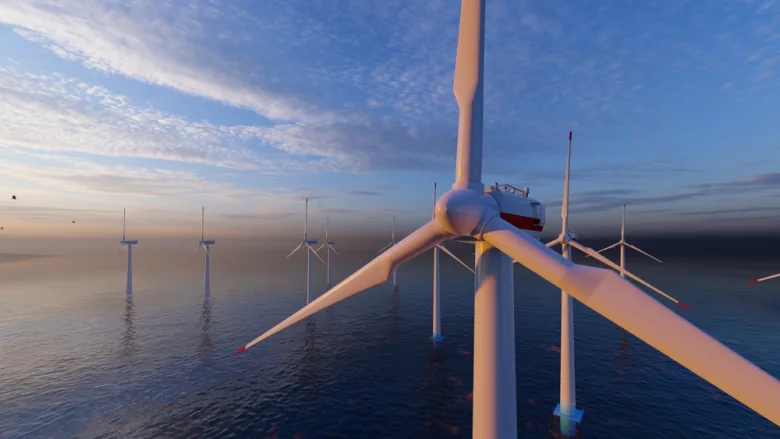
Why is Wind Energy Considered a Renewable Resource
Wind energy is considered a renewable resource for several compelling reasons, and understanding these factors is crucial to appreciating its significance in the realm of sustainable power generation. Here are the key reasons why wind energy is hailed as a renewable resource:
- Inexhaustible Wind Supply
Wind is an abundant and naturally occurring energy source that is perpetually replenished by the Earth’s atmospheric conditions. Unlike finite fossil fuels, which are gradually depleting, the wind supply is virtually inexhaustible. As long as the sun shines and the Earth rotates, wind will continue to blow, making it an inherently renewable energy source.
- Low Environmental Impact
Wind energy production involves the use of wind turbines, which generate electricity without emitting greenhouse gases or other harmful pollutants. This eco-friendly aspect of wind energy is in stark contrast to fossil fuel-based power generation, which contributes significantly to global warming and air pollution. By harnessing the wind, we can reduce our reliance on fossil fuels and minimize the environmental impact.
- Sustainability and Consistency
Wind patterns can be highly predictable, especially in regions with consistent wind resources. This predictability allows for effective energy planning and grid integration. Even though wind energy production may vary on a daily or seasonal basis, it remains a sustainable and reliable source of power in the long term.
Reduced Carbon Footprint: Utilizing wind energy significantly reduces the carbon footprint associated with electricity generation. The absence of carbon dioxide (CO2) emissions during wind energy production helps mitigate the effects of climate change and contributes to cleaner air and a healthier environment.
- Energy Security
Wind energy enhances energy security by diversifying the energy mix. Relying on a single source of energy, such as fossil fuels, can make a region vulnerable to supply disruptions or price fluctuations. Wind energy reduces this dependence, promoting energy security and stability.
- Economic Benefits
The renewable energy sector, including wind energy, fosters economic growth by creating jobs in manufacturing, installation, maintenance, and research and development. Wind farms also provide revenue to landowners through land lease agreements, stimulating local economies and benefiting communities.
- Energy Independence
Reducing reliance on imported fossil fuels through wind energy adoption enhances a nation’s energy independence and reduces its exposure to global energy market volatility and geopolitical conflicts.
- Global Potential
Wind energy can be harnessed on a global scale. Favorable wind conditions are found on every continent, making it a versatile and accessible energy source for countries around the world.
Wind energy is considered a renewable resource due to its abundance, low environmental impact, sustainability, and the positive effects it has on our environment and energy security.
As the world continues to grapple with the challenges of climate change and diminishing fossil fuel reserves, wind energy stands as a beacon of hope, providing clean, sustainable power for current and future generations.
Harnessing the Wind
Wind energy’s utilization dates back centuries, with early civilizations using windmills to grind grain and pump water. However, it’s the modern wind turbines that have revolutionized our approach to renewable energy.
The Wind Turbines
The contemporary wind turbines are marvels of engineering, designed to capture the kinetic energy in the wind and convert it into electricity. They consist of three main components:
- Tower: The tall structure that holds the turbine high above the ground.
- Blades: The rotating parts that capture the wind’s energy.
- Generator: Converts the mechanical energy into electrical power.
Advantages of Wind Energy
Wind energy, harnessed from the power of the wind through wind turbines, has become a prominent and sustainable source of electricity. It offers numerous advantages, making it a crucial player in the renewable energy landscape. Here are some of the key advantages of wind energy:
- Renewable and Sustainable: Wind is an abundant and renewable resource. It is generated by the Earth’s atmospheric conditions and will not deplete with use, ensuring a long-term and sustainable energy source.
- Environmentally Friendly: Wind energy production generates little to no greenhouse gas emissions, making it a low-impact solution for reducing carbon footprints. It helps combat climate change and air pollution.
- Energy Independence: Utilizing wind energy reduces dependence on fossil fuels, which are finite and often sourced from geopolitically unstable regions. This independence enhances energy security and reduces vulnerability to fuel price fluctuations.
- Low Operating Costs: Once a wind turbine is installed, operating costs are relatively low. Routine maintenance and repair are necessary, but there’s no need for fuel, reducing long-term expenses.
- Job Creation: The wind energy sector provides employment opportunities in manufacturing, installation, maintenance, and research. This stimulates local economies and supports job growth.
- Reduced Water Usage: Unlike traditional power plants that require substantial water for cooling, wind turbines use very little water during their operation. This reduces strain on water resources, a critical consideration in water-scarce regions.
- Scalability: Wind energy can be harnessed at various scales, from small, off-grid turbines for individual homes to large wind farms that can power entire cities or regions. This scalability allows for flexibility in meeting diverse energy needs.
- Rural Development: Wind farms often locate in rural areas, bringing economic opportunities and investment to these regions. Land lease agreements provide additional income to landowners, benefiting local communities.
- Technological Advancements: Ongoing technological advancements have made wind turbines more efficient and cost-effective. Innovations in design and materials have increased energy production and reduced the cost of wind energy.
- Reliability: Wind power can be a reliable energy source when integrated with other renewable sources and energy storage systems. Variability can be managed to ensure a consistent power supply.
- Reduces Greenhouse Gas Emissions: By displacing fossil fuel-based power generation, wind energy helps mitigate the release of carbon dioxide and other pollutants into the atmosphere, contributing to a cleaner environment.
- Global Potential: Wind energy has global potential, with favorable wind conditions found on every continent. This means that it can play a significant role in the energy transition for countries worldwide.
- Technological Compatibility: Wind turbines can coexist with other land uses, such as agriculture. They use only a fraction of the land, allowing farming to continue around and beneath the turbines.
- Public Support: Wind energy often enjoys high levels of public support due to its environmental benefits and potential for local economic development.
- Low Water Usage: Unlike some traditional power plants, wind turbines do not require significant water for cooling, reducing water usage and minimizing environmental impacts.
- Minimal Land Disturbance: Wind farms can be designed to have minimal impact on local ecosystems. The land between and around turbines can often still be used for farming, grazing, or other purposes.
Wind energy offers a multitude of advantages, ranging from its eco-friendly nature and sustainability to its potential for job creation and energy independence. As technology continues to advance, wind energy is expected to play an increasingly vital role in the transition to a cleaner and more sustainable energy future.
Disadvantages of Wind Energy
While wind energy is a promising and sustainable source of electricity, it’s not without its drawbacks. Understanding the disadvantages of wind energy is important for a comprehensive assessment of its feasibility and impact. Here are some of the key disadvantages of wind energy:
- Intermittency: Wind is an intermittent energy source. It doesn’t blow consistently, and energy production can be unpredictable. This intermittency can lead to fluctuations in power supply and necessitates backup energy sources or energy storage solutions.
- Location Dependency: Wind turbines are most effective when located in regions with consistent and strong winds. This limits their placement to specific geographic areas, which may not align with urban energy demand centers.
- Visual and Noise Impact: Wind turbines can be visually unappealing to some, and their presence may have an adverse impact on the aesthetics of rural or coastal landscapes. Additionally, the noise generated by rotating blades can be a concern for nearby residents.
- Space Requirements: Large-scale wind farms require significant land or offshore space, which may lead to land-use conflicts, especially in densely populated areas.
- Environmental Impact: Wind farms can have environmental consequences, including the potential harm to bird and bat populations due to collisions with turbine blades. The infrastructure and access roads can also disrupt local ecosystems.
- Initial Costs: The upfront capital costs for installing wind turbines and the necessary infrastructure can be high. While operating costs are relatively low, the initial investment can be a barrier to entry for some projects.
- Aesthetic Concerns: Wind turbines are often considered unsightly by some people, and they may face opposition based on aesthetic considerations.
- Bird and Bat Mortality: Wind turbines can pose a threat to birds and bats, particularly in migration corridors and nesting areas. Efforts to mitigate these risks are ongoing, but the issue remains a concern.
- Land Use Conflicts: Wind farms can compete with other land uses, such as agriculture and recreation, potentially leading to conflicts over land allocation.
- Maintenance Challenges: Wind turbines require regular maintenance and repair, which can be challenging in remote or offshore locations. Ensuring the reliability and safety of these structures is crucial.
- Transport and Logistics: Transporting and assembling wind turbines, especially for offshore installations, can be logistically complex and expensive.
- Shadow Flicker: Wind turbine blades can cast moving shadows when the sun is behind them, which may cause discomfort or annoyance to nearby residents.
- Limited Energy Storage: Wind energy needs effective energy storage solutions to address its intermittency. While advancements are being made in energy storage technology, this remains a challenge.
- Limited Energy Output: The energy output of wind turbines is subject to the wind’s speed and direction. During calm periods or when the wind is too strong (beyond the turbine’s rated capacity), energy generation may be suboptimal.
- Ice Formation: In cold climates, ice can form on the turbine blades, reducing efficiency and potentially causing damage. De-icing systems are required to address this issue.
While wind energy is a clean and sustainable power source with numerous advantages, it does come with its share of disadvantages, including intermittency, location dependency, visual and noise impact, and environmental concerns. Careful planning, technological advancements, and mitigation strategies are essential for addressing these disadvantages and maximizing the benefits of wind energy.
Frequently Asked Questions
1. Is wind energy really renewable?
Absolutely. Wind is a perpetual resource that is constantly replenished by the Earth’s atmospheric conditions.
2. How much energy can wind turbines generate?
The energy generation varies based on the size and location of the wind farm, but a single modern wind turbine can power hundreds of homes.
3. Are there any downsides to wind energy?
While wind energy is incredibly eco-friendly, some challenges include intermittency (wind doesn’t always blow) and potential harm to wildlife.
4. What is the future of wind energy?
The future looks promising. Wind technology continues to advance, making it more efficient and cost-effective.
Conclusion
In conclusion, wind energy is undeniably a renewable resource with a promising future. Its sustainability, minimal environmental impact, and potential for energy independence make it a key player in the transition to a greener, cleaner world.
As we face the challenges of climate change and dwindling fossil fuel reserves, wind energy offers a breath of fresh air and a sustainable path to power our world. So, why is wind energy considered a renewable resource? The answer lies in its ability to harness the ever-flowing, limitless power of the wind, providing us with clean, green electricity for generations to come.
